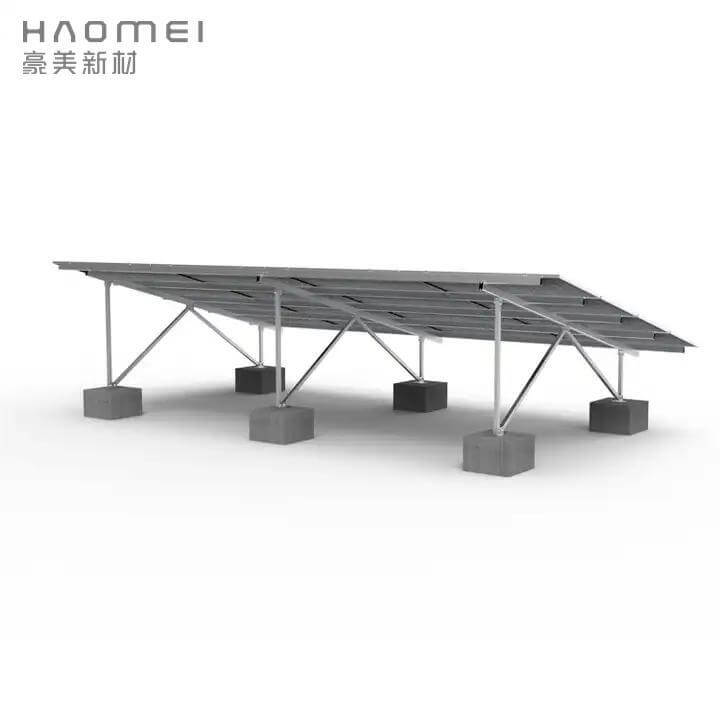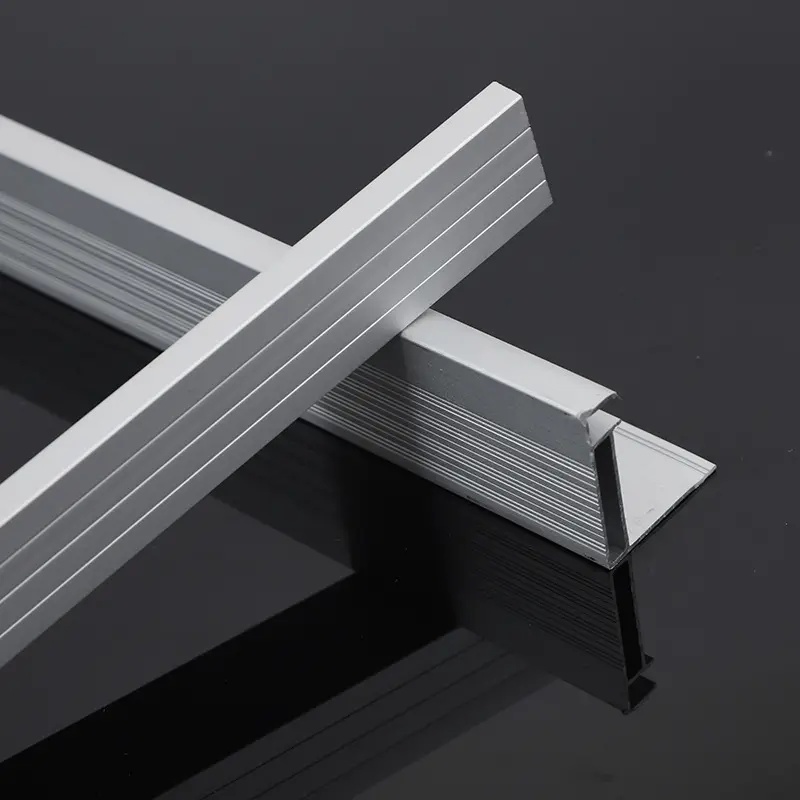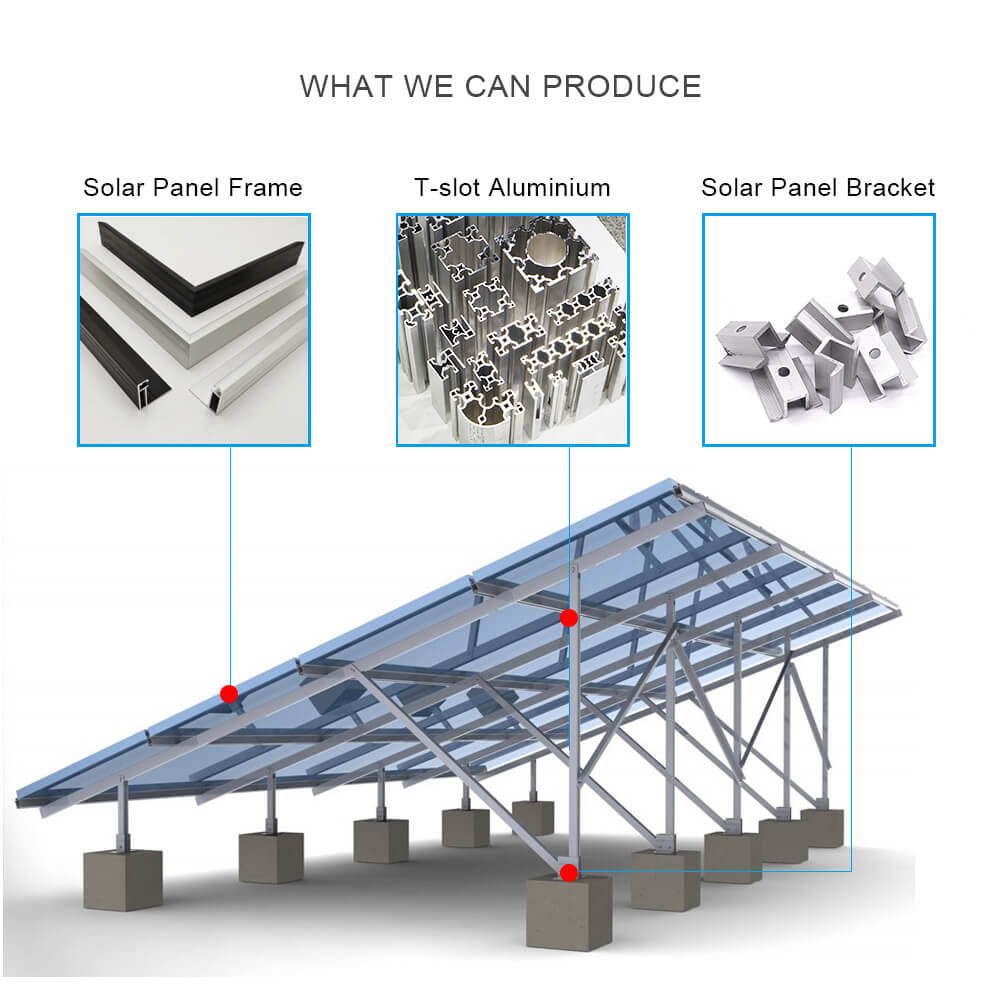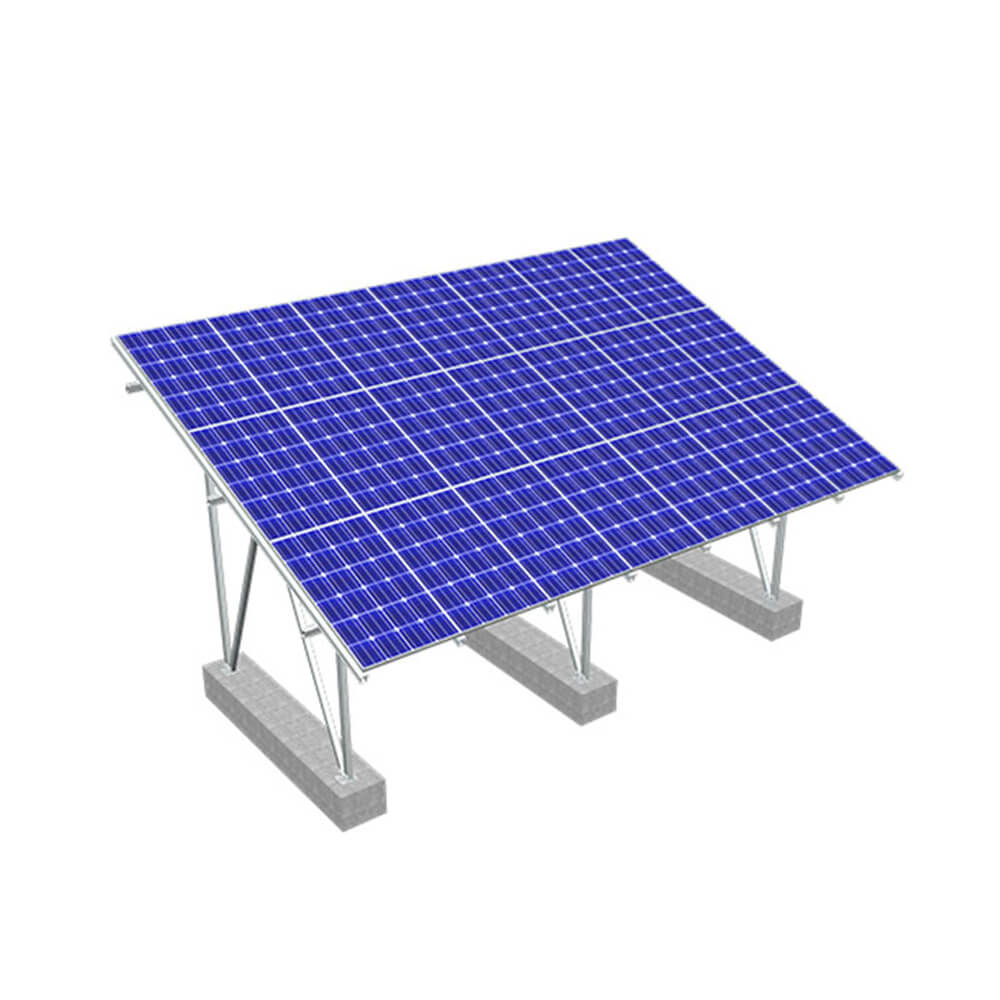In the rapidly evolving domain of renewable energy, the often-overlooked components—like solar panel frames—quietly bear the burden of performance, durability, and sustainability. The humble frame encasing a photovoltaic panel is more than just a support structure. It’s a critical enabler of long-term efficiency, environmental stewardship, and return on investment. Among available materials, the photovoltaic aluminum frame has emerged as the industry’s favored choice, supporting the expansion of sustainable solar infrastructure on a global scale.
Material Excellence: Why Aluminum Outshines Alternatives
The selection of frame material isn’t arbitrary—it’s a decision that defines resilience, sustainability, and overall project feasibility.
Corrosion Resistance and Weather Endurance
Aluminum naturally forms a protective oxide layer, granting it exceptional resistance to corrosion—even in coastal or industrial environments where steel or plastic composites may degrade over time. This intrinsic durability ensures consistent performance over decades of exposure to UV rays, rain, and temperature extremes.
Lightweight Yet Structurally Robust
Aluminum offers a rare combination: it’s significantly lighter than steel yet maintains impressive structural integrity. This weight advantage simplifies logistics, reduces transportation costs, and minimizes structural load on rooftops and support systems, especially in large-scale deployments.
Recyclability and Environmental Edge
With nearly 75% of all aluminum ever produced still in use today, its recyclability is unmatched. Photovoltaic aluminum frames can be remelted and reused without performance loss, making them a circular material that aligns perfectly with ESG targets and carbon-reduction goals.
Aluminium profiles for solar panel frame
Structural Functionality in Harsh Environments
A photovoltaic frame must not only protect but also endure—across all climates and conditions.
Wind Load Resistance and Snow Pressure Tolerance
In solar farms across deserts, tundras, and mountains, photovoltaic frames face immense environmental pressures. Aluminum solar panel frames are engineered to distribute mechanical loads effectively, absorbing wind gusts and bearing snow accumulation without warping or cracking.
Thermal Expansion and Dimensional Stability
Unlike plastic or composite alternatives, aluminum expands and contracts predictably under temperature shifts. This consistency prevents micro-fracturing in the panel glass or silicon cells, preserving energy conversion efficiency over time.
Long-Term Maintenance and Lifecycle Value
Aluminum requires minimal upkeep. Unlike steel, it doesn’t rust; unlike wood, it doesn’t rot. This reduces operational overhead for solar installations, particularly in remote or inaccessible areas where maintenance costs are high.
Design Flexibility for Commercial-Scale Projects
Today’s solar developers require more than off-the-shelf parts—they need adaptable solutions.
Custom Profiles for Diverse Solar Panel Dimensions
Aluminum can be extruded into precise profiles that align with unique panel specifications. Whether for bifacial panels, thin-film systems, or advanced tracking arrays, the aluminum solar panel frame can be tailored to meet structural and aesthetic requirements.
Ease of Transportation and On-Site Assembly
Its lightweight nature allows for higher load volumes during shipping, and its compatibility with modular designs speeds up installation timelines. This scalability makes aluminum frames ideal for expansive solar farms and commercial rooftop systems.
Enhancing Architectural Integration in Large-Scale Solar Farms
Aesthetic coherence and visual impact are increasingly important in green architecture. Aluminum’s smooth finish and anodization potential provide visually pleasing options that blend seamlessly into modern solar infrastructure designs.
photovoltaic aluminum frame manufacturer
Recyclability and Circular Economy Benefits
Sustainability goes beyond operation—it includes the entire lifecycle of a product.
High Recovery Rate of Aluminum Solar Panel Frames
At the end of their service life, aluminum frames are easily disassembled and recycled, boasting recovery rates exceeding 95%. This minimizes landfill waste and lowers the carbon footprint of decommissioning operations.
Supporting Net-Zero Construction Mandates
With many countries and corporations targeting net-zero emissions, every component of a solar energy system must align with sustainable procurement policies. Photovoltaic aluminum frames meet LEED, BREEAM, and ISO environmental standards, positioning them as compliant materials for green-certified projects.
Lifecycle Sustainability from Sourcing to Decommissioning
From low-energy smelting techniques using hydroelectric power to closed-loop recycling programs, aluminum frames support a full-circle sustainability model that few other materials can rival.
Future of Photovoltaic Infrastructure with Aluminum Frames
As solar energy technology evolves, aluminum frames are keeping pace—quietly innovating in the background.
Smart Coatings and Anti-Reflective Finishes
Advancements in coatings have enhanced the weatherability and visual performance of aluminum frames. Hydrophobic, anti-soiling, and anti-reflective treatments are being developed to further reduce cleaning requirements and increase energy output.
Innovations in Extrusion and Alloy Performance
Modern extrusion techniques allow for ultra-thin yet reinforced frame designs, reducing raw material usage while improving mechanical strength. Customized aluminum alloys are also being engineered for greater tensile strength and corrosion resistance.
Enabling Scalable Green Energy Solutions
As the global demand for solar infrastructure grows, aluminum solar panel frames will play an indispensable role in scaling energy access—from urban rooftops to off-grid installations in remote regions.

Aluminum Extrusion For Solar Sheet Mounting Set
Conclusion: A Strategic Investment in Aluminum Solar Panel Frame Solutions
For solar project developers, EPC contractors, and renewable energy investors, choosing the right frame material is a strategic decision that impacts cost-efficiency, sustainability, and long-term viability. The photovoltaic aluminum frame delivers unmatched value—combining durability, environmental responsibility, and design flexibility. As the solar energy sector intensifies its commitment to a cleaner future, aluminum frame suppliers stand at the core of this transformation—offering tailored, sustainable, and scalable solutions for a brighter tomorrow.



